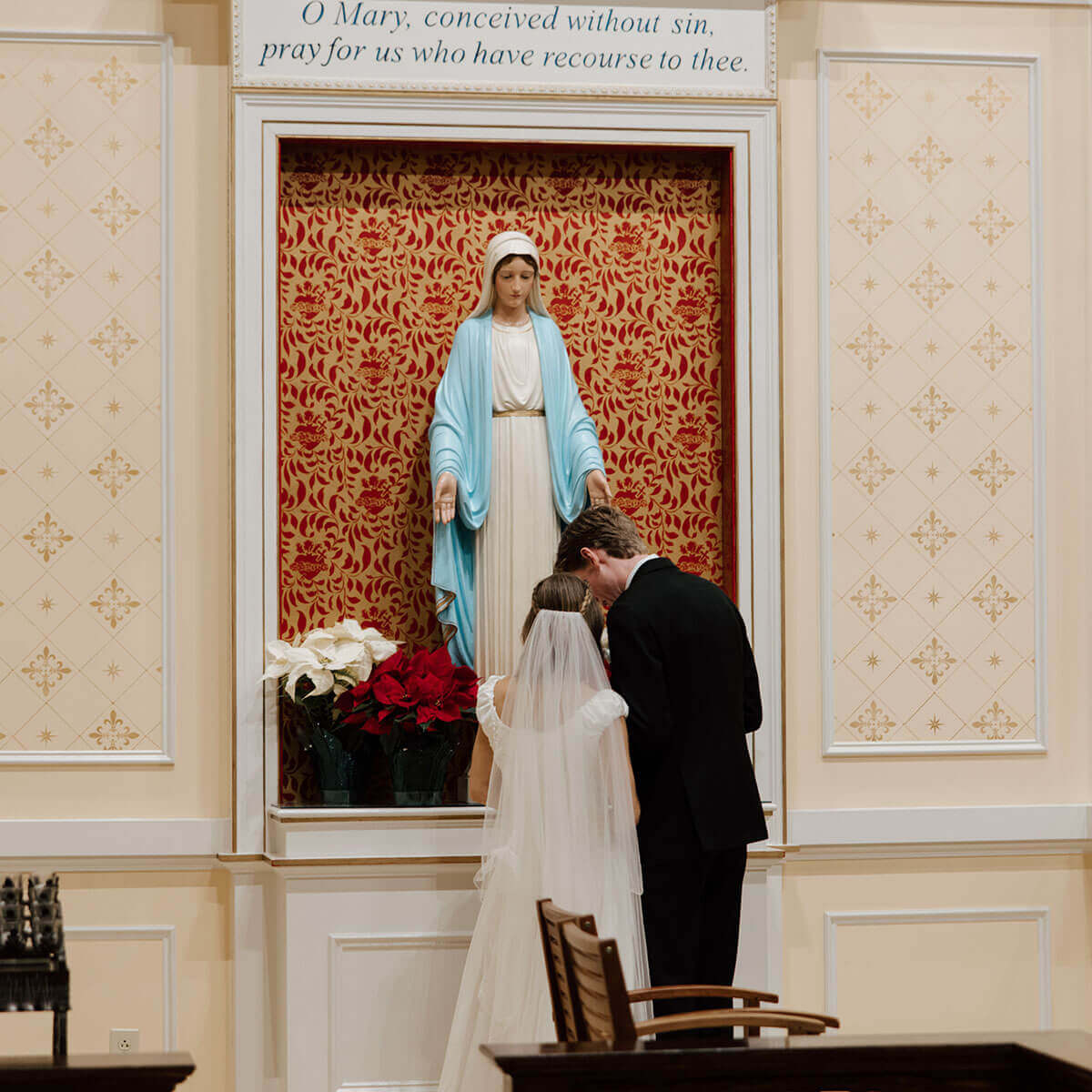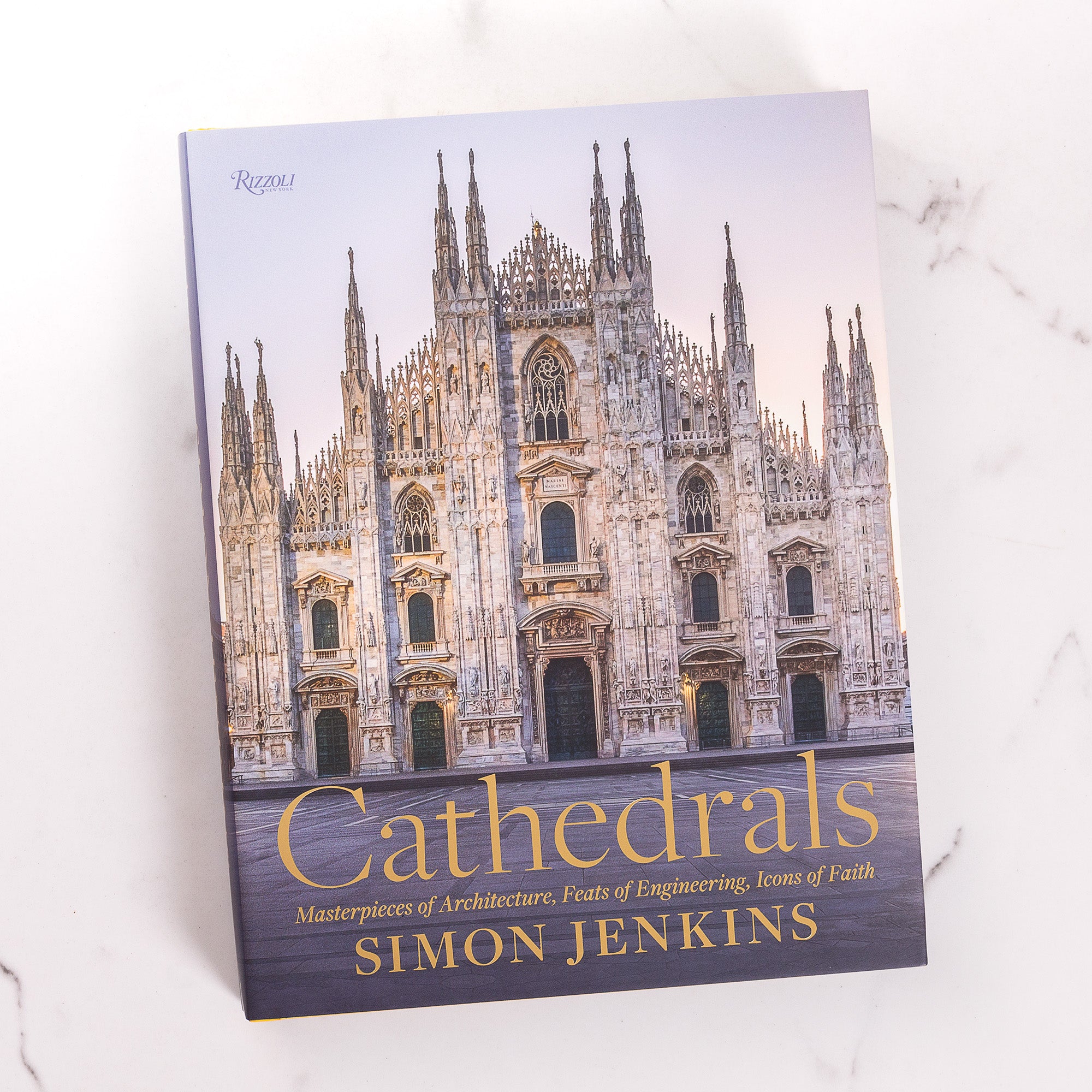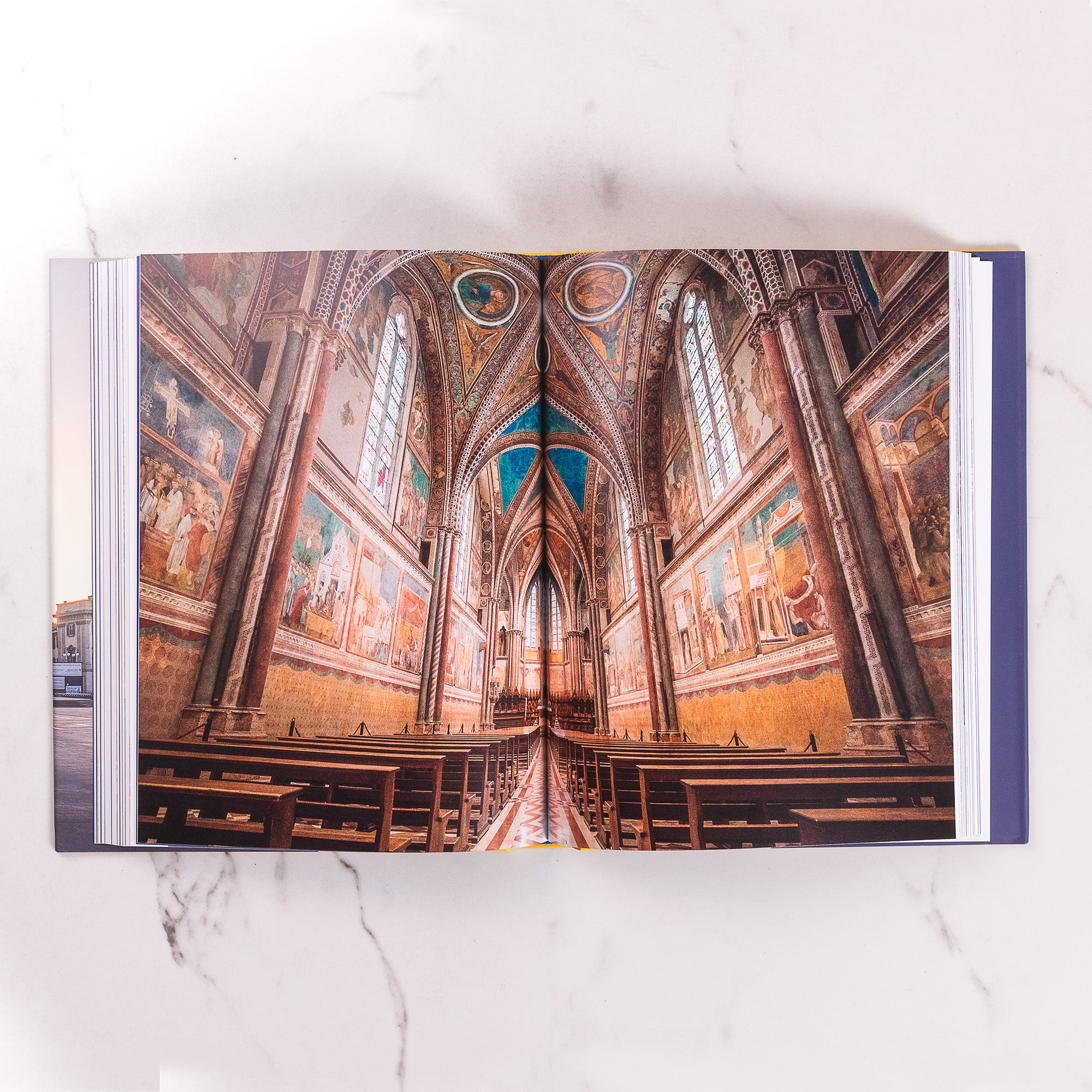Characterized by sweeping facades, pointed arches, and asymmetry, Gothic architecture seemed to defy gravity.
Never before had such delicate but durable structures of lacey stone walls and dazzlingly tall stained-glass windows been constructed. Now, however, thanks to the new technique of sturdy exterior buttresses, the weight of all the stonework leaned outward and rested on the ornamented supports, allowing for dizzying heights.
The new techniques seemed to spark a competition for prominent cities around 13th century Europe: who could build the finest, the largest, the most impressive cathedral? Who could represent the greatness yet imperfection of man? Who could construct the most ornate house for the Lord?
In Beauvais, France, the architects of Saint-Pierre aimed to build the tallest cathedral in the country. Construction began in 1225—but Saint-Pierre was never finished.

The unfinished Beauvais Cathedral. There should be a long nave on the left, but there isn’t! (Photo by Baidax/CC BY-SA 4.0)
During construction, the lofty vaults and spire collapsed several times. The soaring height was too great for many buttresses to support.
Finally, in 1600, the project was given up; the builders ceased work, leaving the nave unbuilt.
Beauvais may seem to be an architectural failure, but despite its imperfect state—or perhaps because of that—it points to God’s majesty just as well as the completed Gothic treasures of Europe. Cathedrals: Masterpieces of Architecture, Feats of Engineering, Icons of Faith explores all these magnificent cathedrals, delving into their indispensable roles in European life and thought. Engagingly written and beautifully photographed, this book tells the stories behind these impressive Houses of God. Available today at The Catholic Company!


























